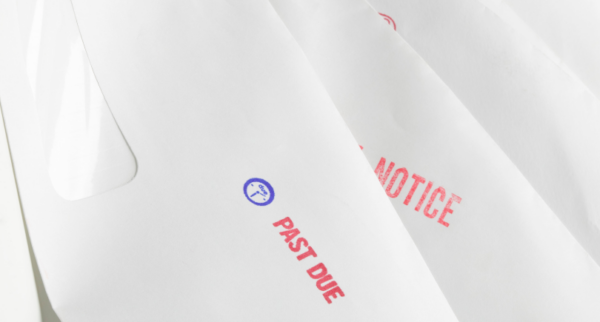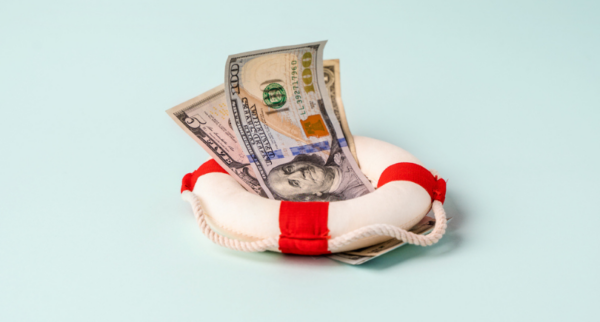Monthly Credit Card Payment Calculator
A user-friendly tool that empowers you to manage your credit card expenses with ease, this monthly credit card payment calculator can help you to quickly determine the ideal monthly payment to pay off your credit card debt efficiently while staying within your budget.
Enter your credit card’s current balance, its annual interest rate, and the amount of time in which you’d like to get the card paid off. This calculator will tell you how much to pay each month to reach that goal. (This assumes you won’t make any more purchases with the card during the payoff period.)
Frequently asked questions
How to use this monthly credit card payment calculator
The CardRatings.com monthly credit card payment calculator is a simple way to determine how much to budget each month for your credit cards.
This isn't a credit card minimum payment calculator though. It won't tell you how much your minimum required payment will be - that can depend on a variety of factors, including your card issuer's payment formula - but it will tell you the minimum amount you should pay each month to pay off the balance in a specific period of time.
For instance, let's say you owe $10,000 on a card with a 16.99% APR. Maybe you want to get out of debt in one year so here's what you enter for each step of the calculator:
- Step 1: 10,000
- Step 2: 16.99
- Step 3: 12 (months)
Hit calculate, and you'll see that you need to pay $906 a month to pay off the balance in 12 months. That might not be possible with your budget. In that case, change the numbers in step three to see the monthly payments for a pay-off periods of two, three or four years:
- 24 months: $489
- 36 months: $351
- 48 months: $282
In this way, you can decide what monthly payment works for your budget. If the payment amounts are still too high, you can keep working the numbers until you find the right payoff schedule. But remember that the calculator assumes you aren't charging any new purchases.
If you find the monthly payments are more than you want to pay, it may be time to look for a new credit card. Many balance transfer credit cards have introductory 0% APR offers that can eliminate interest for a year or more. And if you're not paying interest, all of your monthly payment can go toward wiping out your balance.
How is credit card interest calculated?
Credit card interest charges can quickly add up, making it difficult to get out of debt if you are only paying the minimum each month.
You'll need to check your credit card's terms for details about how they calculate interest, but generally speaking, most use your average daily balance to assess interest charges. That means that once you exceed your card's grace period - that is, the time in which you can pay off a purchase without accruing interest - your card issuer will begin adding interest charges to your balance each day.
Daily interest won't be calculated by directly using the APR you see on your statement, though. That percentage is the annual percentage rate. Instead, credit companies convert the APR to a daily periodic rate. To find this rate, simply divide your APR by 365, which is the number of days in most years.
For instance, if your APR is 16.99% and your balance is $10,000, here's how you make the calculation:
- Convert the APR to a decimal: 0.1699
- Divide 0.1699 by 365: 0.0004654795
- Multiply 0.0004654795 by $10,000: $4.654795
This means that for every day you carry an average $10,000 balance, you are charged $4.65 in interest. That's nearly $140 a month in interest charges alone. No wonder it makes sense to find a card with a zero APR!
Tips for paying off credit card debt
If you are serious about paying off your credit cards, here is a simple outline of how to make this dream a reality:
- Stop using your credit cards: You'll never get out of debt if you keep adding to your balance each month.
- Find a 0% APR card: Your payments will go a lot further toward getting you out of debt if they aren't eaten up by interest charges each month. Check out the best credit cards for balance transfers to see which cards you qualify for.
- Prioritize your payments: If you have multiple cards, select which one you'd like to pay off first - it could be the one with the largest balance or the one with the highest interest rate. Any extra money you have each month will get sent to this account.
- Set a payoff goal: Use our credit card payment calculator to set a realistic goal for how long it will take to pay off your priority card. It's often a good idea to make minimum payments on all your other debts so you can beef up the amount you pay toward your priority card each month.
- Stick to your payment schedule: Planning to get out of debt is easy; sticking to your plan is hard. You'll need some self-discipline to make it happen, but knowing your payoff date could help.
- Snowball payments: If you have multiple credit cards, use a snowball system to eliminate your balances in short order. After you pay off your priority card, take its monthly payment and apply it to the next card on your list. This creates a "snowball" effect in which your payments become progressively larger for each card you need to pay off.
- Promise not to carry a balance again: Once you pay off all your debt, you don't necessarily need to get rid of your credit cards. First, evaluate why you went into debt in the first place. Did you simply overspend or did something happen, such as a job loss or illness, that resulted in you spending on your credit card? Depending on your answer, you may try to use your credit card again - after all, earning rewards points or cash back is a nice perk - but be sure to only charge what you can pay off each month.
Don't wait to erase your debt. Start now by using the credit card monthly payment calculator on this page. Then consider looking for a new credit card that will lower your APR and help you eliminate your balance even faster.
How do I calculate my monthly credit card payment?
How to calculate credit card interest for month?
Cards by category from our partners
How we calculate savings: Our algorithm factors in the introductory balance transfer rate, length of the introductory period, balance transfer fee, ongoing interest rate, and the annual fee to calculate savings and the time needed to pay off a balance. The algorithm is designed to yield reasonably accurate results but final outcomes may vary.






